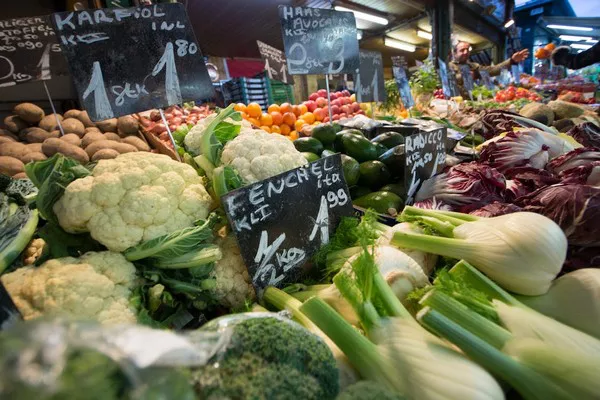A slight moderation in the rate of food price increases has been observed, but the persistent high costs of produce continue to exert pressure on overall food prices, according to recent data released by Stats NZ on Wednesday.
In August, food prices registered an 8.9% increase compared to the same month in 2022, contributing to the ongoing inflationary trend.
On a month-to-month basis, food prices experienced a 0.5% rise, or 0.4% after accounting for seasonal variations.
This annual surge in food prices stemmed from across-the-board increases. Grocery food prices recorded a substantial 10.6% rise, while restaurant meals and ready-to-eat food prices saw an 8.9% increase. The cost of meat, poultry, and fish rose by 8%, while produce prices remained high, increasing by 5.4%.
Consumer prices manager James Mitchell noted, “The largest contributing food group was grocery food, which includes non-perishables and dairy products,” further emphasizing that items such as fresh eggs, potato crisps, and six-pack yoghurt were primary drivers within the grocery food category.
While the previous month witnessed a drop in prices, the latest increase was primarily attributed to rising produce prices.
“Prices for fruit and vegetables, including tomatoes, grapes, cucumbers, and nectarines, contributed the most to the overall monthly rise,” explained Mitchell.
Fruit and vegetable prices experienced a 3.3% increase, while meat, poultry, and fish prices remained unchanged at 0.0%.
In contrast, grocery food prices dipped slightly by 0.1%, non-alcoholic beverage prices decreased by 0.9%, and restaurant meals and ready-to-eat food prices edged up by 0.3%.
Senior economist Satish Ranchhod of Westpac acknowledged that food price inflation continues to strain households. He noted, “Some of the heat has come out of grocery prices. Even so, food prices are continuing to push higher.”
Considering the broader context of rising living costs, Ranchhod emphasized that many families are grappling with significant increases in the prices of essential items, including food, rent, and petrol, which has surged by over 50 cents per litre since the fuel excise tax cut ended. Coupled with rising mortgage rates for some households, these cost pressures are expected to dampen household spending in the coming year.

